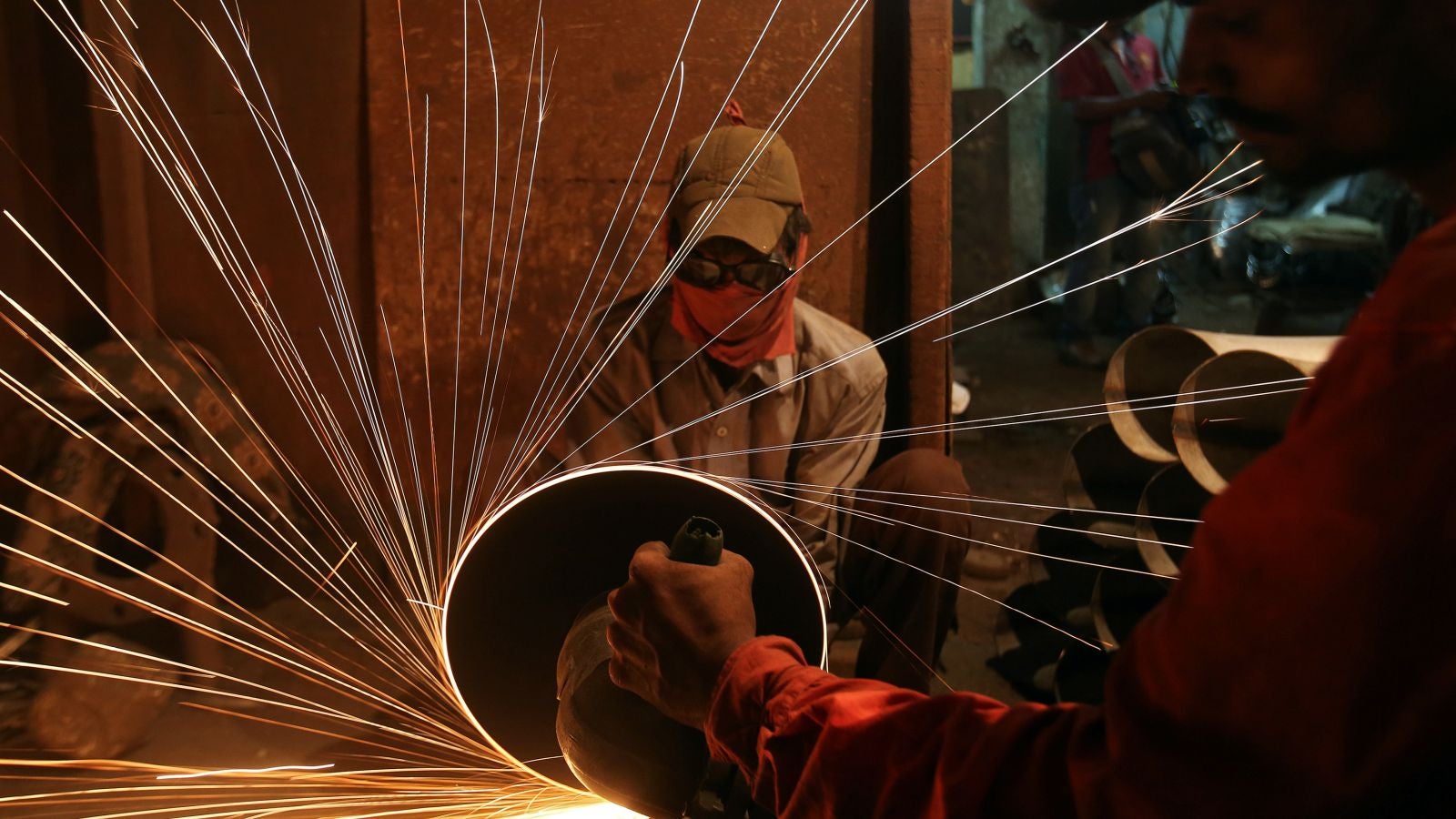India’s GDP growth slows down to pre-Narendra Modi days
Narendra Modi came to power with a thumping victory in May 2014, riding on the promise of acche din (good days). Almost four years later, the Indian economy has come full circle with growth slipping back to nearly the same pace as the year before Modi took over the reins.


Narendra Modi came to power with a thumping victory in May 2014, riding on the promise of acche din (good days). Almost four years later, the Indian economy has come full circle with growth slipping back to nearly the same pace as the year before Modi took over the reins.
In financial year 2018, India’s gross domestic product (GDP) growth slowed to 6.7% from the previous year’s 7.1%. This is nearly as much as the 6.6% growth in financial year 2014, ahead of the general election held that year. It is the slowest pace of growth under Modi who will be seeking re-election in about a year from now.
This is also sharply in contrast with the Bharatiya Janata Party’s promise of higher and inclusive economic growth in its 2014 election campaign.
The blame for the slowdown goes primarily to the incumbent government’s own policies. The demonetisation in November 2016 affected several businesses, particularly the small ones, and even led to job losses.
The economy had barely recovered from the jolt when the government introduced the goods and services tax in July 2017. Even though it’s a vital reform, its implementation has been haphazard and riddled with problems.
Private investments have also been a major challenge. In the 12 months ending March 2018, the scrapped projects in India stood at an all-time high, according to a report by the Centre for Monitoring Indian Economy.
As a result, the full-year report card is not very heartening.
Road ahead
In financial year 2018, despite this bumpy ride, India has managed to retain the tag of the world’s fastest-growing economy. In fact, Asia’s third-largest economy is expected to grow at a faster clip than all other major countries for the next three years, according to the World Bank. Recovery in private investments and strong growth in private consumption and services are expected to fuel growth over the next few years.
While the economy seems to have overcome the debilitating effects of demonetisation, the recovery may be hamstrung by rising oil prices. A weakening rupee and the dismal job situation are the other key problems in the short-run.
Yet, the government has retained its forecast of 7.5% growth for financial year 2019. But global rating agencies are not as optimistic. On May 30, Moody’s Investors Service cut India’s GDP growth forecast for this financial year from 7.5% to 7.3%. Even Goldman Sachs group has revised India’s growth projections from 8% to 7.6%.
Now, it’s to be seen if Team Modi can finally bring the promised acche din before the country votes in 2019.